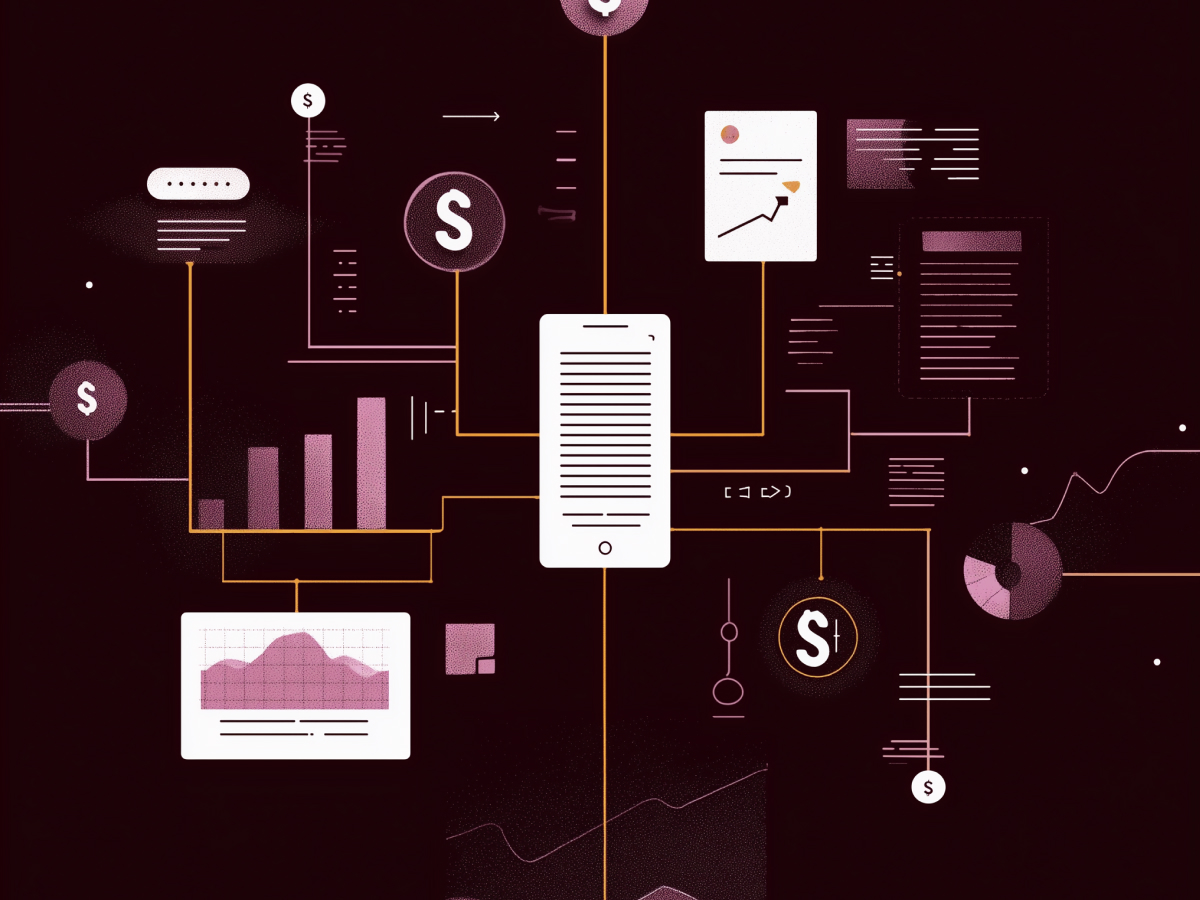Traditional onboarding is failing because it overwhelms new hires with information
Most companies confuse onboarding with dumping information. They hand over long decks, clickable modules, and unreadable wikis. What they forget is the actual purpose: making sure new hires can do their job, confidently, clearly, and quickly.
The workplace has changed. Hybrid teams. AI. Global operations across time zones. New employees are signing into ten platforms on Day 1, trying to make sense of a fast-moving environment. Giving them every policy and instruction from the start doesn’t help. It clogs their ability to focus and act. We need to move away from the idea that more input equals better outcomes. It doesn’t.
Job readiness means knowing what matters now. What should I be doing? Who do I ask? How do I move forward without waiting for permission? Confident employees don’t need handholding; they need clarity.
Companies that get this build onboarding around decision-making, not documentation. They teach new hires how to execute, not memorize.
According to Gallup, 88% of employees said the onboarding process was subpar, and out of those, nearly 30% left within the first 90 days. Click Boarding found that well-structured onboarding makes people 58% more likely to stay for three years. Harvard Business Review estimates turnover can spike to 50% in the first 18 months. And Gallup also points out that 1 in 2 U.S. workers is considering leaving. So yes, it matters.
The solution is to flip onboarding from content delivery to capability development. Most companies are behind on this. Smart ones are already making the shift.
Psychological safety is essential for new hire success
Everyone talks about performance. Few talk about what makes performance possible, especially for someone new. The truth is, capability, anywhere, is built on confidence. And confidence hinges on feeling safe enough to ask questions, make decisions, and occasionally make mistakes.
New hires walk in with a lot on their shoulders. They’re trying to add value fast, while navigating roles, tools, and internal politics. They want to make the right impression. But what they really need is space to learn. Without that, even talented people hesitate. They check everything twice. They don’t speak up. They slow down.
Psychological safety means creating an environment where people can ramp up without fear. That’s how you unlock speed. High-trust teams onboard faster because questions surface early, and learning accelerates.
The mechanics aren’t complicated. Assign a peer buddy. Normalize saying “I don’t know yet.” Maintain a solid, searchable internal knowledge base. Make sure people know who to ask. When a new hire feels like they’re part of the team they go from surviving to contributing.
If you don’t build a safe base, your onboarding strategy will fail, no matter how digital, automated, or data-driven it is.
Hiring people is expensive. Losing them is more expensive. If you want performance early, and you should, start by building trust. The companies that do this are building organizations that scale.
Adaptive, just-in-time learning is key to effective onboarding
Most onboarding programs attempt to teach everything up front. The result is high-volume, low-retention training. When people are overloaded from Day 1, nothing sticks. The faster the company, the more this becomes a problem.
Using adaptive learning fixes that. Instead of making people sit through hours of generalized content, deliver only what matters, when it matters. On-demand training, context-aware guidance, and microlearning tools reduce cognitive friction. This aligns learning to reality. The goal is to drive capability in real time.
Timing matters. If you give context too early, it’s forgotten. Give it too late, and productivity suffers. Deliver the right information at the right moment, and people move faster. Google tested this by sending managers simple onboarding checklists only when they were needed. The result? Their new hires ramped up to full productivity 25% faster.
You don’t need complex systems to do this. Embed smart prompts in tools your teams already use. Share searchable guides. Set up tooltips and nudges that appear in workflows, not inboxes. Scale it across roles without building massive training academies.
For leadership, this means moving away from static onboarding playbooks and toward dynamic knowledge delivery. Just-in-time learning is not a trend, it’s a performance enabler. If you still rely on “preload everything” training models, you’re slowing your own team.
Execution at scale depends on readiness. And readiness depends on relevance, not volume.
Clear, role-specific milestones transform onboarding into a measurable growth journey
Most companies use vague timelines like “30-60-90 days.” They sound organized, but without definition, they’re directionless. Structure means nothing unless it maps to real expectations.
To drive clarity, define outcomes. Don’t ask new hires to guess what progress looks like. Tell them. What tasks should be completed by Day 30? What do successful outcomes look like by Day 60? These aren’t checklists, they’re performance signals.
For a customer success hire, it could mean completing 10 onboarding calls and resolving 15 support tickets by Day 60. For a developer, it might be shipping two pull requests by Day 30. These milestones translate expectations into action. They also force clarity on both sides, no ambiguity, just alignment.
This also helps managers track progress without micromanaging. You’ll know early if someone is off-course and needs support. Even better, new hires will know they’re on track. That boosts momentum and confidence.
Think of these milestones as operational metrics. Use them system-wide. Bake them into onboarding plans the same way you do for business objectives. The companies doing this well see stronger team performance over the long term.
Leadership should realize that onboarding is early-stage enablement. If the hire can’t demonstrate value within 30 days, that’s a signal. Either your onboarding process didn’t build competence, or the hire wasn’t matched to the role. Both are solvable, if you measure the right things.
Explaining the underlying rationale behind policies and processes boosts engagement and retention
New hires don’t engage with policies by default. Telling someone what to do without explaining why limits understanding, and usually leads to poor retention. Compliance shouldn’t mean dull content. It should mean clarity, purpose, and relevance.
Some onboarding material is non-negotiable: workplace policies, legal requirements, code of conduct. When you strip content down to what matters now and connect it to real company priorities, people pay attention. If you combine this with real scenarios and simple storytelling, retention improves because the content becomes practical.
LinkedIn tested this by updating its onboarding format. They cut the live orientation sessions from two days down to three hours of focused content, supported by self-paced modules. The result was a 27% increase in knowledge retention and a 35% boost in how prepared new hires felt to begin their roles. That’s significant lift, with less time investment.
Executives should treat policy learning the same way they treat core business communication. People in your company want to understand what standards exist, and why those standards exist. That awareness increases alignment with company culture and eliminates avoidable missteps early.
Your employees aren’t looking for loopholes. Most want to get it right. Explanations make it possible.
Real-world examples demonstrate that capability-focused onboarding drives superior outcomes
Companies that lead in onboarding put capability at the center. They build systems that accelerate real contribution from Day 1.
Shopify does this by assigning new hires to real projects within the first two weeks. Not as a trial. As a starting point. It builds confidence, shows immediate context, and signals trust.
Zapier takes it further with a structured seven-week onboarding process. They assign role-specific goals and integrate live feedback loops. Peer pairing and defined milestones keep things targeted. Their retention rate after 90 days is among the highest in their peer group.
LinkedIn re-architected its onboarding to favor clarity and microlearning. Key content is covered in short bursts. Learning is reinforced through peer discussions and regular manager check-ins. The shift didn’t just improve retention metrics, it improved how new hires felt about starting their jobs.
None of these companies claim to have perfected onboarding. But they all reject outdated methods. They focus on agility, role context, and adaptability.
Key takeaways for leaders
- Rethink onboarding as capability-building: Traditional onboarding overloads new hires and slows performance. Leaders should shift focus to role-specific readiness that equips talent to contribute fast in high-complexity environments.
- Design for psychological safety to accelerate learning: New hires perform better when they feel secure enough to ask questions and take initiative early. Executives should invest in peer support, open communication norms, and clear access to answers.
- Use just-in-time learning to reduce overload and boost retention: Delivering relevant information exactly when it’s needed, rather than all at once, helps new hires retain knowledge and build skills faster. Leaders should prioritize adaptive, embedded learning.
- Set role-specific milestones to measure real progress: Vague onboarding timelines miss the mark. Defining clear 30-60-90 day outcomes enables managers to track ramp-up and helps employees know they’re on the right path.
- Connect policy to purpose to increase engagement: New hires absorb critical policies better when they understand their impact. Leaders should simplify compliance content and link it directly to company values and real-world decision-making.
- Benchmark onboarding against companies driving faster results: Firms like Shopify, Zapier, and LinkedIn evolve onboarding into role acceleration. Executives should model these systems to improve retention, readiness, and early-stage performance.





